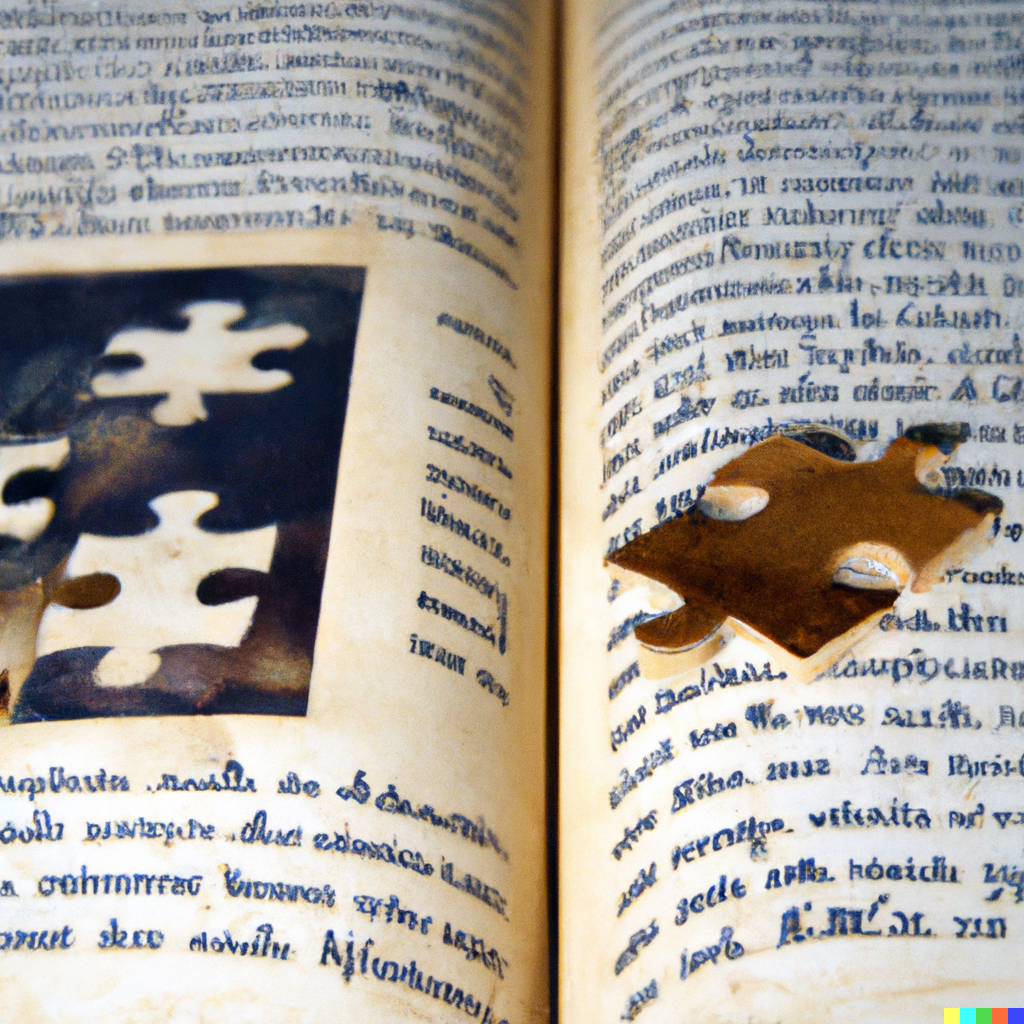
A Brief History of Jigsaw Puzzles: From Maps to Digital Fun
The History of Jigsaw Puzzles: From Maps to Digital Fun
Jigsaw puzzles have been a popular form of entertainment for centuries, providing hours of mental stimulation and relaxation for people of all ages. The origins of jigsaw puzzles can be traced back to the 18th century when maps were cut into small pieces to aid in the teaching of geography. However, it wasn't until the early 1900s that jigsaw puzzles as we know them today began to emerge.

The earliest jigsaw puzzles were hand-cut wooden puzzles, which were popular among the wealthy. These puzzles featured intricate designs and high-quality craftsmanship and were often used as a way to showcase the skill of the puzzle maker. As the popularity of jigsaw puzzles grew, puzzles made from cardboard and other materials became more common and were sold in stores and through mail-order catalogs.
During the Great Depression, jigsaw puzzles gained even more popularity as a form of affordable entertainment. Families could purchase cardboard puzzles for just a few cents, providing hours of entertainment for the entire family. Many of these puzzles featured classic designs such as landscapes and still lifes.
In the 1930s and 1940s, jigsaw puzzles began to feature images of popular culture, including celebrities, movies, and comic book characters. These puzzles were often marketed towards children and teenagers, providing a fun and engaging way to connect with the latest trends and fads. Puzzles also became a popular way to promote tourism, featuring images of landmarks and scenery from around the world.
During World War II, jigsaw puzzles were used as a way to boost morale among troops. Soldiers would often work on puzzles during downtime, and many were sent home to loved ones as gifts. These puzzles often featured patriotic images and were seen as a way to remind soldiers of the values they were fighting for.
In the decades that followed, jigsaw puzzles continued to evolve, with new materials and manufacturing techniques making them more affordable and accessible to a wider audience. Today, jigsaw puzzles come in a wide variety of designs and themes, from classic landscapes and animals to pop culture and art. With the rise of digital technology, jigsaw puzzles have also become available in digital formats, allowing people to enjoy the fun and relaxation of solving puzzles on their computers, tablets, or smartphones.
While the popularity of jigsaw puzzles has ebbed and flowed over the years, they remain a beloved pastime for people of all ages. From their humble origins as teaching tools to their status as a beloved form of entertainment, the history of jigsaw puzzles is a fascinating reflection of our changing society and the enduring appeal of puzzles and games. Whether you prefer classic designs or the latest pop culture trends, there's a jigsaw puzzle out there for everyone.
